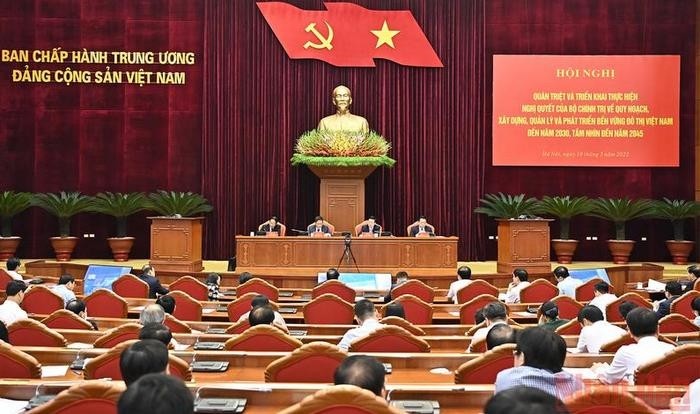The conference looked into the implementation of the Politburo’s Resolution No. 06-NQ/TW, dated January 24, 2022, on urban planning, building, management and development by 2030, with a vision towards 2045.
Thuong laid emphasis on the need to quickly build action programmes and plans on the implementation of the resolution, with specific roadmaps and tasks, he noted.
It is also crucial to change theoretical mindset and urban planning methods, and ensure the long-term vision, harmony and modernity of planning schemes, with people and their living standards at the centre, and urban culture and civilisation as the development foundation, Thuong said.
The official also mentioned the consolidation of the legal system and the issuance of breakthrough mechanisms and policies to facilitate sustainable urban development and economic growth.
Urban management requires decentralisation, while urban development needs the utilisation of both internal and external resources, he said.
He asked the Government’s Party delegation to soon issue a programme of action on the materialisation of the resolution, which, he said, should match the reality in each locality and region.
Resolution 06-NQ/TW points out limitations relating to urbanisation, and urban planning, building, management and development, with the rate of urbanisation a far cry from the target set in the 2011-2022 socio-economic development strategy, and the regional and the global average.
It reveals that as of late 2020, Vietnam counted 862 urban areas of all types across the country, and its urbanisation rate expanded from 30.5 percent in 2010 to nearly 40 percent in 2020.
The rate is expected to reach at least 45 percent by 2025 and over 50 percent in 2030, and to stay in the upper middle range as compared with the average in Asia and Southeast Asia by 2045.
















